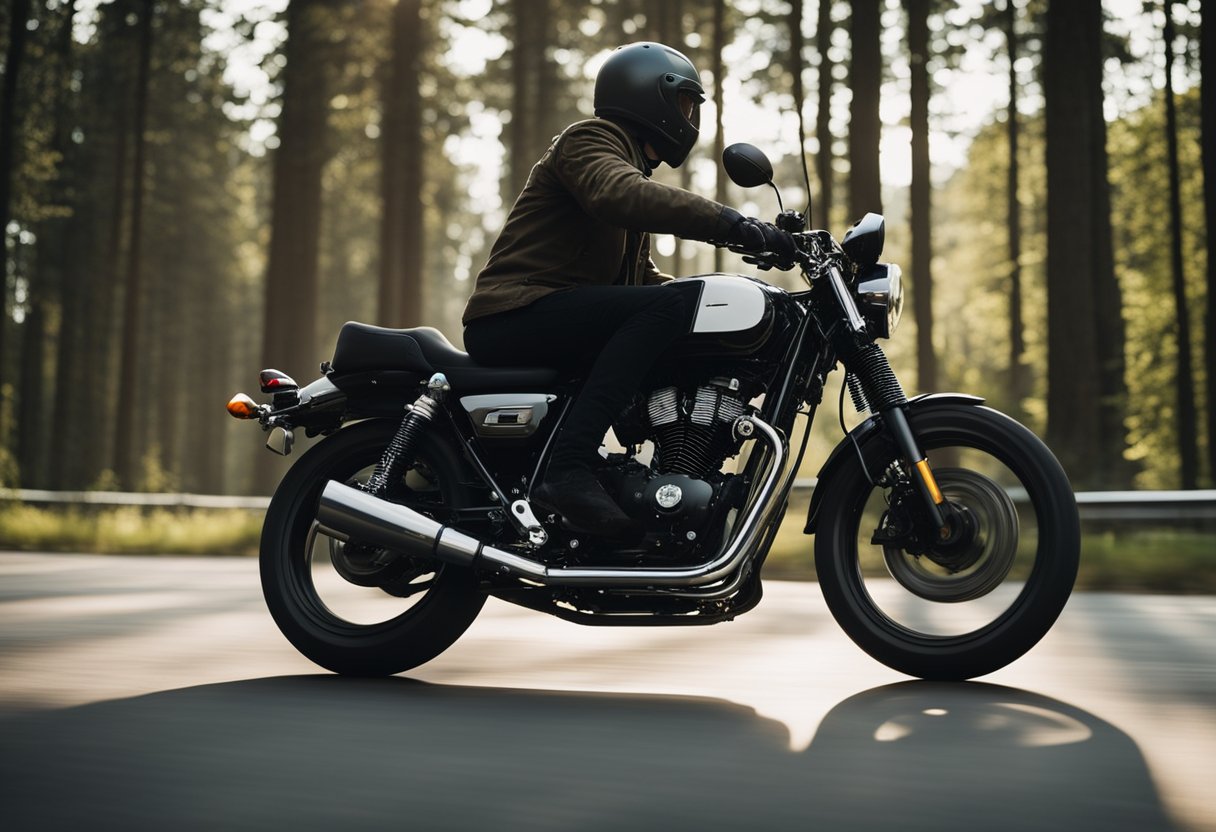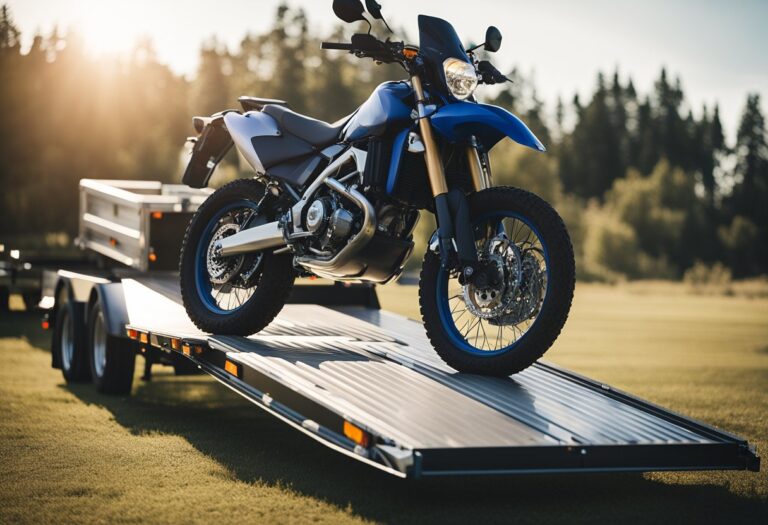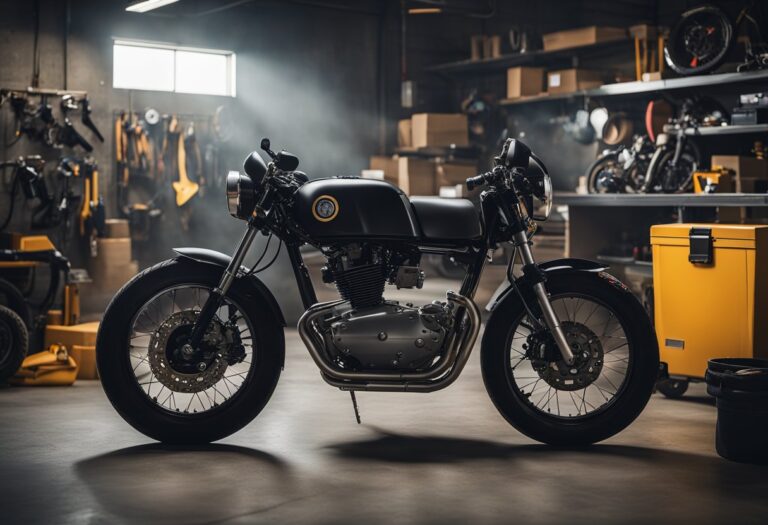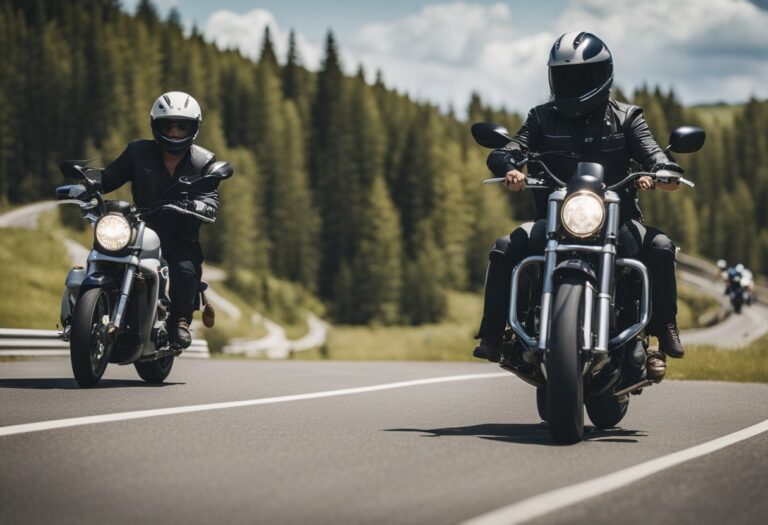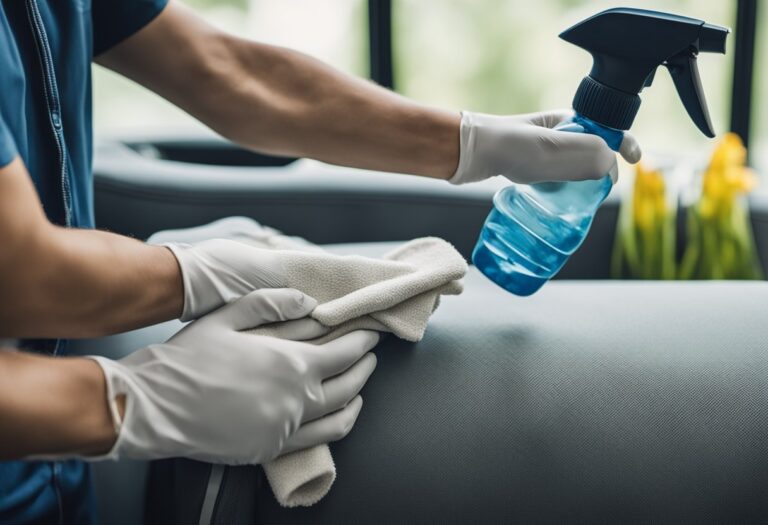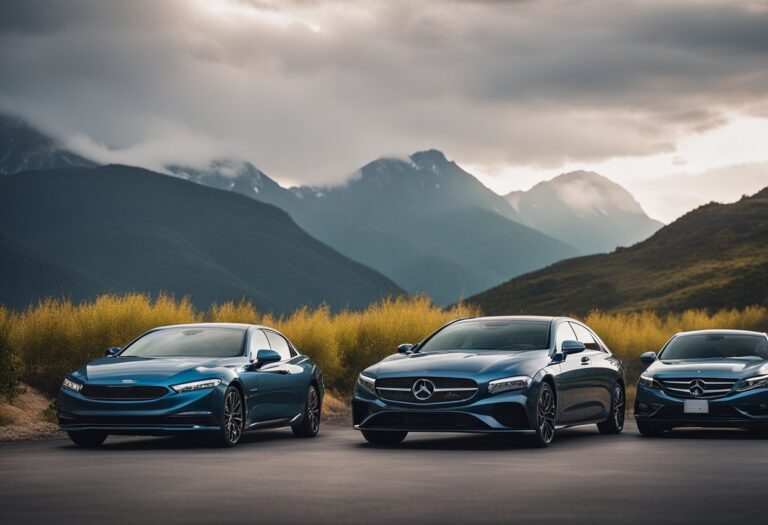Beginner Tips for Learning How to Ride a Motorcycle: Essential Advice for New Riders
Learning to ride a motorcycle can be an exciting and rewarding experience for beginners. However, it’s important to approach it with caution and the right mindset. Riding a motorcycle requires a certain level of skill and knowledge that can only be gained through practice and dedication. In this article, we will provide some beginner tips for learning how to ride a motorcycle safely and confidently.

The first step in learning how to ride a motorcycle is choosing the right one for you. It’s important to consider factors such as your experience level, height, weight, and riding style when selecting a motorcycle. Once you have chosen the right motorcycle, the next step is to ensure that you have the essential gear for safety. This includes a helmet, gloves, boots, and protective clothing.
Understanding motorcycle controls and the basics of motorcycle operation is crucial before you start riding. Starting the motorcycle safely and learning basic riding skills are also important steps in getting started. Traffic rules and etiquette, practicing safe riding habits, and maintenance and upkeep basics are other important areas to focus on. As you progress, you can advance your riding skills and continue to improve your knowledge and experience.
Key Takeaways
- Choosing the right motorcycle and having the essential gear for safety are important first steps in learning how to ride a motorcycle.
- Understanding motorcycle controls, basic operation, and safe riding practices are essential for beginners.
- Continual practice, adherence to traffic rules and etiquette, and proper maintenance and upkeep are important for advancing your riding skills and staying safe on the road.
Choosing the Right Motorcycle

When it comes to choosing the right motorcycle, there are several factors to consider. It’s important to find a bike that fits your body type, skill level, and riding style. Here are some tips to help you make the right choice:
Body Type
The first thing to consider is your body type. You want to find a bike that you can comfortably sit on and reach the controls. If you’re tall, you’ll want a bike with a higher seat height. If you’re shorter, you’ll want a bike with a lower seat height. It’s also important to consider the weight of the bike. A heavier bike may be more difficult to handle, especially for beginners.
Skill Level
Your skill level is another important factor to consider when choosing a motorcycle. If you’re a beginner, you’ll want to start with a bike that’s easy to handle and forgiving. A smaller engine size, such as a 250cc or 300cc, is a good place to start. As you gain more experience and confidence, you can move up to a larger bike.
Riding Style
Your riding style is also a factor to consider. Do you plan on using your bike for commuting or long distance touring? Do you want to take your bike off-road? Different types of bikes are designed for different purposes. For example, a cruiser is great for long distance touring, while a dual sport is better suited for off-road adventures.
Conclusion
Choosing the right motorcycle is an important decision. By considering your body type, skill level, and riding style, you can find a bike that fits your needs. Remember to take your time and do your research before making a purchase.
Essential Gear for Safety

When it comes to riding a motorcycle, safety should always be a top priority. Here are some essential gear items that every beginner should have:
Helmet
A helmet is the most important piece of gear that a rider can wear. It protects the head from serious injury in case of an accident. When selecting a helmet, it is important to choose one that fits snugly and is comfortable to wear. Look for helmets that meet safety standards set by organizations such as the Department of Transportation (DOT) or Snell Memorial Foundation.
Protective Clothing
Protective clothing can help prevent road rash and other injuries in case of an accident. This includes a sturdy jacket, pants, gloves, and boots. Look for gear that is made from durable materials such as leather or Kevlar. It is also important to choose clothing that is visible to other drivers on the road, especially at night.
Eye Protection
Eye protection is essential for keeping debris and bugs out of the eyes while riding. This can be achieved through the use of a helmet with a face shield or goggles. Look for eye protection that is shatterproof and scratch-resistant.
Reflective Gear
Reflective gear is important for making a rider more visible to other drivers on the road, especially at night. This can include reflective vests, jackets, and helmets. Look for gear that has reflective strips or panels that are visible from all angles.
Intercom System
An intercom system allows riders to communicate with each other while on the road. This can be especially helpful for beginners who are riding with more experienced riders. Look for systems that are easy to use and have good sound quality.
By investing in essential gear for safety, beginners can enjoy the thrill of riding a motorcycle while minimizing the risk of injury.
Understanding Motorcycle Controls

When learning how to ride a motorcycle, it’s important to understand the various controls and how they work. Here are the main controls you need to know:
Handlebars
The handlebars are used to steer the motorcycle. Turning the handlebars to the left or right will cause the front wheel to turn in that direction. It’s important to keep both hands on the handlebars at all times, and to avoid making sudden or jerky movements.
Throttle
The throttle is used to control the speed of the motorcycle. It’s located on the right handlebar and is usually twisted to increase or decrease speed. It’s important to be gentle with the throttle, especially when starting out, to avoid sudden acceleration or loss of control.
Clutch
The clutch is used to engage and disengage the engine from the transmission. It’s located on the left handlebar and is usually squeezed to disengage the engine. When starting to ride, the clutch should be slowly released while simultaneously giving the motorcycle a little bit of gas.
Gear Shift
The gear shift is used to change gears on the motorcycle. It’s located on the left footrest and is usually shifted up or down with the left foot. It’s important to shift gears smoothly and at the appropriate times to avoid stalling or damaging the engine.
Brakes
The brakes are used to slow down or stop the motorcycle. There are two brakes on a motorcycle: the front brake, which is located on the right handlebar, and the rear brake, which is located on the right footrest. It’s important to use both brakes together to slow down or stop the motorcycle smoothly and safely.
By understanding these basic motorcycle controls, beginners can gain confidence and control when learning how to ride. It’s important to practice these controls in a safe and controlled environment before taking to the roads.
The Basics of Motorcycle Operation

Learning how to operate a motorcycle can seem intimidating at first, but with practice and patience, anyone can master the basics. Here are the essential components of motorcycle operation:
Clutch and Gear Shifter
The clutch and gear shifter are located on the left side of the motorcycle. The clutch lever is used to engage and disengage the clutch, which controls the power transfer from the engine to the transmission. The gear shifter is used to change gears, with first gear being the lowest and typically used for starting the motorcycle.
Throttle and Brake
The throttle and brake are located on the right side of the motorcycle. The throttle is used to control the speed of the motorcycle, while the brake lever and pedal are used to slow down or stop the motorcycle.
Balance and Steering
Maintaining balance and steering are crucial aspects of motorcycle operation. The rider must keep the motorcycle balanced by using their body weight and adjusting the handlebars as needed. Steering is achieved by leaning the motorcycle in the desired direction.
Safety Gear
Before operating a motorcycle, it is important to wear the appropriate safety gear, including a helmet, gloves, and protective clothing. This gear can help protect the rider in the event of an accident.
By mastering these basic components of motorcycle operation, a beginner rider can gain confidence and begin to enjoy the freedom and thrill of riding a motorcycle.
Starting the Motorcycle Safely

Before starting the motorcycle, it is important to ensure that the rider is wearing appropriate safety gear such as a helmet, gloves, boots, and a jacket. Once the rider is geared up, they can follow these steps to safely start the motorcycle:
- Turn the key to the “on” position and ensure that the kill switch is in the “on” position as well.
- Pull in the clutch lever and shift the motorcycle into neutral.
- Turn the fuel valve to the “on” position if it is not already.
- If the motorcycle has a kickstart, kick it down firmly to start the engine. If the motorcycle has an electric starter, press the starter button while giving a little bit of throttle.
- Once the motorcycle is started, allow it to warm up for a few minutes before riding.
It is important to note that starting a motorcycle can be dangerous if not done correctly. Riders should always read the owner’s manual and follow the manufacturer’s recommendations for starting the motorcycle. Additionally, riders should always be aware of their surroundings and ensure that they are in a safe location before starting the motorcycle.
